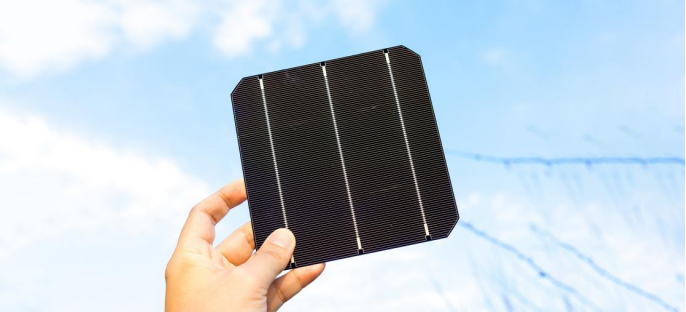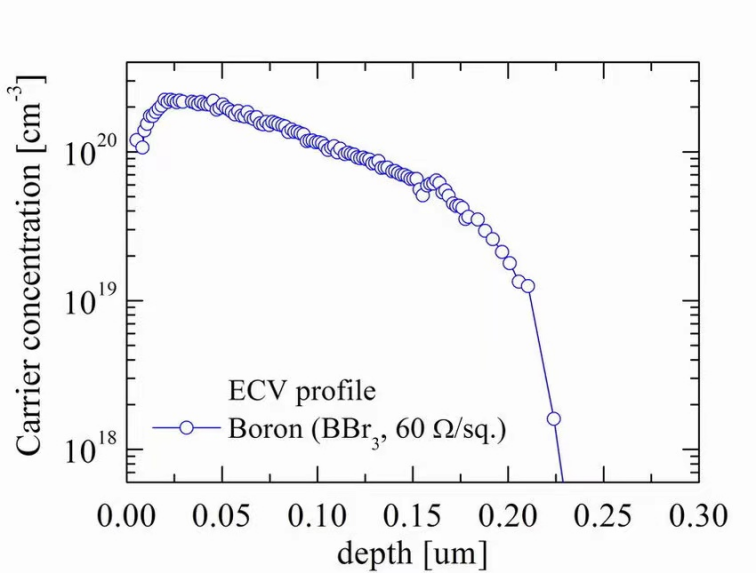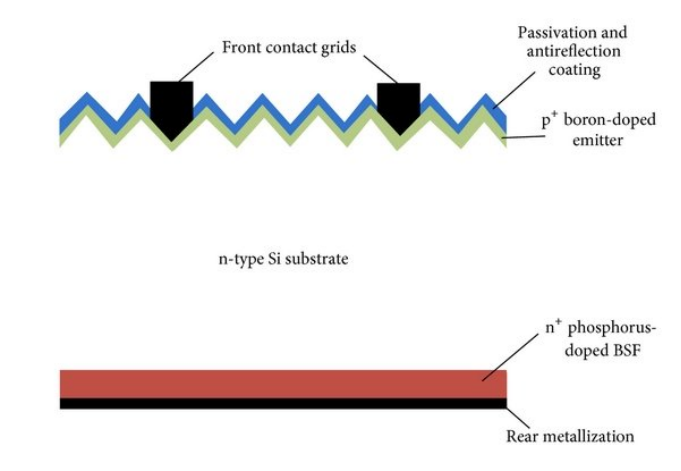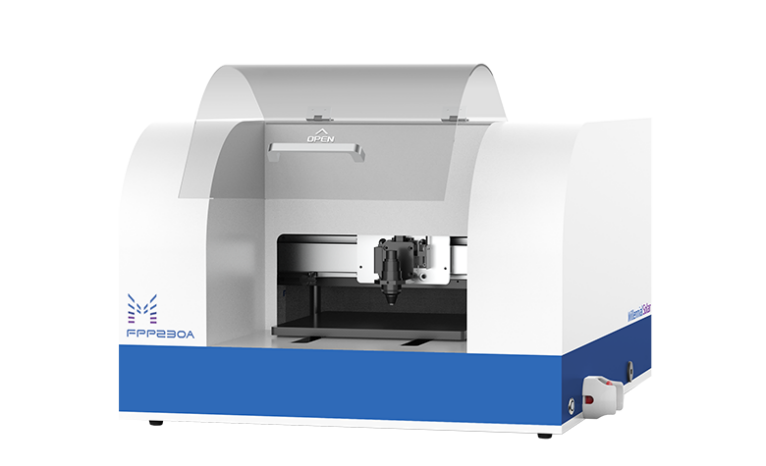
Quantum Efficiency Tester
PL/EL Integrated System
PV-Reflectumeter
3D Confocal Microscope
In-Line Four Point Probe Tester
Four Point Probe Tester
In-Line Thin Film Thickness Tester
Raman Spectrometer
FTIR Spectrometer
Spectrophotometer
Automatic Spectroscopic Ellipsometer
Contact Resistance Tester
Ultra depth of field 3D microscope
Auto Visual Tester
VMM PV Vision Measuring Machine
Solar Cell Horizontal Tensile Tester
Steady State Solar Simulator for Solar Cell
Solar Cell UV Aging Test Chamber
Solar Cell Comprehensive Tensile Tester
Visual Inspection Tester
Wet Leakage Current Tester
PV Module EL Tester
PV Module UV Preconditioning Chamber
Steady State Solar Simulator for PV Module
Current Continuous Monitor
Potential Induced Degradation Test
Bypass Diode Tester
LeTID Test System
Reverse Current Overload Tester
Impulse Voltage Tester
Hipot Insulation Tester
Ground Continuity Tester
Hipot Insulation Ground Tester
Damp Heat Test Chamber
Humidity Freeze Test
Thermal Cycle Test Chamber
Dynamic Mechanical Load Tester
Static Mechanical Load Tester
Hail Impact Tester
Robustness of Termination Tester
Module Breakage Tester
Cut Susceptibility Tester
Peel Shear Strength Tester
Universal Testing Machine (Single-arm)
Universal Testing Machine (Double-arm)
Glass Transmittance Tester
Acetic Acid Test Chamber
EVA Degree of Crosslinking Test System
Junction Box Comprehensive Tester
Drop ball tester
Semi-automatic scanning four-probe tester
Stylus Profilometer
Maximum Power Point Tracker
Perovskite Glass Transmittance Tester
Perovskite P1 Laser Scribing Multifunctional Testing Machine
Perovskite Online PL Tester
Perovskite Online Sheet Resistance Tester
Online Perovskite Film Thickness Tester
Perovskite Process Inspection Workstation
Portable IV Curve Tester
Portable EL Tester
Portable Thermal Imaging Tester
Solar Module Multi-Channel Testing System
PV Inverter Power Quality Tester
Drone EL Tester
IV Tester
IVEL Cell Sorting Machine
Effect of Boron Expanded Junction on Resistivity of N-type Monocrystalline Silicon Cells
Date : 2023-11-06Views : 105
Silicon solar cells can generally be divided into monocrystalline, polycrystalline and amorphous silicon solar cells. Monocrystalline silicon cells are currently the fastest developed type of solar cell. Its structure and production process have been finalized and are widely used in space and ground. The Four-Point Probe Tester produced by Millennial Solar can quickly and automatically scan samples up to 230mm. Through scanning, the distribution information of sheet resistance/resistivity at different locations of the sample can be obtained.

![]()
Boron diffusion process principle
The principle of the boron diffusion process is that during the preparation process of n-type monocrystalline silicon cells, boron diffusion is used to prepare pn junctions to form p-n junctions. The boron-doped n-type silicon wafer is diffused at high temperature through the boron tribromide liquid source, so that the liquid boron oxide is deposited on the surface of the silicon wafer in the diffusion furnace tube, and undergoes a reduction reaction with Si to generate B element. Diffusion inside the cell, forming a pn junction. During the normal pressure boron diffusion process, the boiling point of the reaction product boron oxide is above 1600°C. It is always in a liquid state during the diffusion process and can only be diluted and dispersed on the surface of the silicon wafer with a large amount of nitrogen. The uniformity of diffusion is difficult to control. The use of deep oxidation after diffusion can effectively reduce the dead layer and improve the uniformity of the p-n junction.

Diffusion distribution diagram of boron in zone melted monocrystalline silicon
![]()
Boron diffusion background technology
For the boron diffusion process, not only the boron content in the produced pn junction has an important impact on the resistivity and sheet resistance of the n-type monocrystalline silicon cell, but the uniformity of boron diffusion also affects the resistivity and sheet resistance of the cell.

In order to ensure the resistivity and sheet resistance of n-type monocrystalline silicon cells, the boron content in n-type monocrystalline silicon cells is generally controlled to prevent the boron content from being too high, thereby increasing the sheet resistance value. However, in the existing technology, when reducing the boron content and increasing the square resistance value, uneven distribution of boron sources is often prone to occur, resulting in uneven distribution of boron content in a single monocrystalline silicon cell. The resistivity of a certain part is too high, thus affecting the photoelectric conversion rate of the photovoltaic cell. And as the output increases and the size of the silicon wafer increases, the unevenness of the boron content becomes even more obvious. In order to more intuitively observe the unevenness of the boron content on the surface of the silicon wafer, it is necessary to detect it through the four-probe method.
![]()
Diffusion indicators determine the degree of diffusion
Diffusion indicators are mainly expressed through three indicators: sheet resistance, junction depth, and surface concentration of solar cells. The sheet resistance value is mainly a comprehensive representation of surface concentration and junction depth, which has an important impact on the parameters of solar cells. The depth of the diffused p-n junction will directly affect its absorption of short-wavelength light. The shallower the diffused p-n junction is within a certain range, the higher the sheet resistance value will be and the higher the current value will be. Generally speaking, within a certain range, the greater the diffusion concentration, the greater the open circuit voltage.
![]()
Four-Point Probe Tester

E-mail: market@millennialsolar.cn
The Four-Point Probe Tester is specially designed for scientific research. It can quickly and automatically scan samples up to 230mm, and obtain the square resistance/resistivity distribution information at different positions of the sample. The dynamic test repeatability (close to the real scene) can reach 0.2%, an industry-leading level. The ultra-wide measurement range of 1μΩ~100MΩ can cover most application scenarios and can be widely used in many fields such as photovoltaics, semiconductors, alloys, and ceramics.
Boron diffusion is one of the important processes in the manufacturing of monocrystalline silicon cells. By controlling the impurity concentration in the silicon material and the formation of pn junction, the power generation function of the cell can be realized and the efficiency and stability of the cell can be improved. It is an important part of the photovoltaic industry. An indispensable part. The Four-Point Probe Tester produced by Millennial Solar can measure the uniformity of metal thin film resistance in solar cells, helping manufacturers measure the device performance and quality of thin film products!

































































